Victorian treasures
What a year for HistoryAtWork and cultural heritage this has been! Having worked with collections managed by Ambulance Victoria, Deaf Children Australia, RMITV, the Royal Historical Society of Victoria manuscript collection, the Railway Historical Society's Victorian collection of photographs, AND the Benella Historical Society's costume collection [yes, 6 in all] I never cease to be astonished at the work put in by the valiant volunteers who look after our precious cultural heritage.
In collections all around Victoria there are stories aplenty to tickle your fancy. Did you know, for example, that between the Great Depression and World War 2 the Department of Agriculture in Victoria established a Better Farming Train, an 'agricultural college on wheels' to travel the state and provide advice and educational displays in the carriages on all things farming [nurturing soil, caring for farm machinery, improving crop production...]. If RMITV had existed at the time [it was the first community television station in Australia but had its start in 1987] the Better Farming Train would have been fodder for a fabulous community TV program. But RMITV have had plenty of subjects to tickle their fancy and have an enviable archive of award winning television shows [Under Melbourne Tonight, The Loft Live, In Pit Lane, Salam Cafe...] and a long list of stars who cut their teeth in the RMITV studios [Waleed Aly, Hamish Blake, Andy Lee, Rove McManus, Corinne Grant and Peter Hellier amongst others].
But take a step back in time [and only a few blocks west] and you can be immersed in a room of 19th and 20th century unpublished manuscripts of the homespun kind - journals, diaries, letters home, reminiscences and personal research endeavours inspired by a passion for art or local history or genealogy [even public transport has inspired a two volume treatise by a longtime senior employee]. These donations to the RHSV were written by immigrants, farmers, settlers, miners, families, workers and travellers. While RHSV's collection represents the 'ordinary' people and the stuff of their lives, the Benella Historical Society's costume collection represents the sartorial choices these people have made over the last 150 years. From working clothes to furs, ballroom gowns, sporting attire, 'after 5' wear, wedding dresses, day and evening wear, 'At Homes' - how these people chose to present themselves, and the art and craft of their fine dressmaking can be fully appreciated in this museum's beautiful displays.
Not to be outdone, the Ambulance Historical Society also has a large number of uniforms, but they specialise in ambulances and have an extraordinary collection of registered and drivable vehicles, except for the 19th century Ashford Litter which had huge wheels and was pulled by hand. They are also rightly proud of their training history. Having begun life as drivers and tradesmen with a first-aid certificate and on-the-job training, the most junior Ambulance Officer must now have a three-year degree and Ambulance Victoria houses a Research and Evaluation Department for clinical research.
Education and training have also made up a very strong thread in the history of deaf children in Victoria and the stately heritage-listed building on the corner of St Kilda Road and High Street in Melbourne has been a home, school and welfare organisation for deaf children for over 150 years. The collection in this building represents the many trials, errors and successes in the history of deaf education, deaf welfare, deaf culture and the relationship between the deaf and non-deaf community.


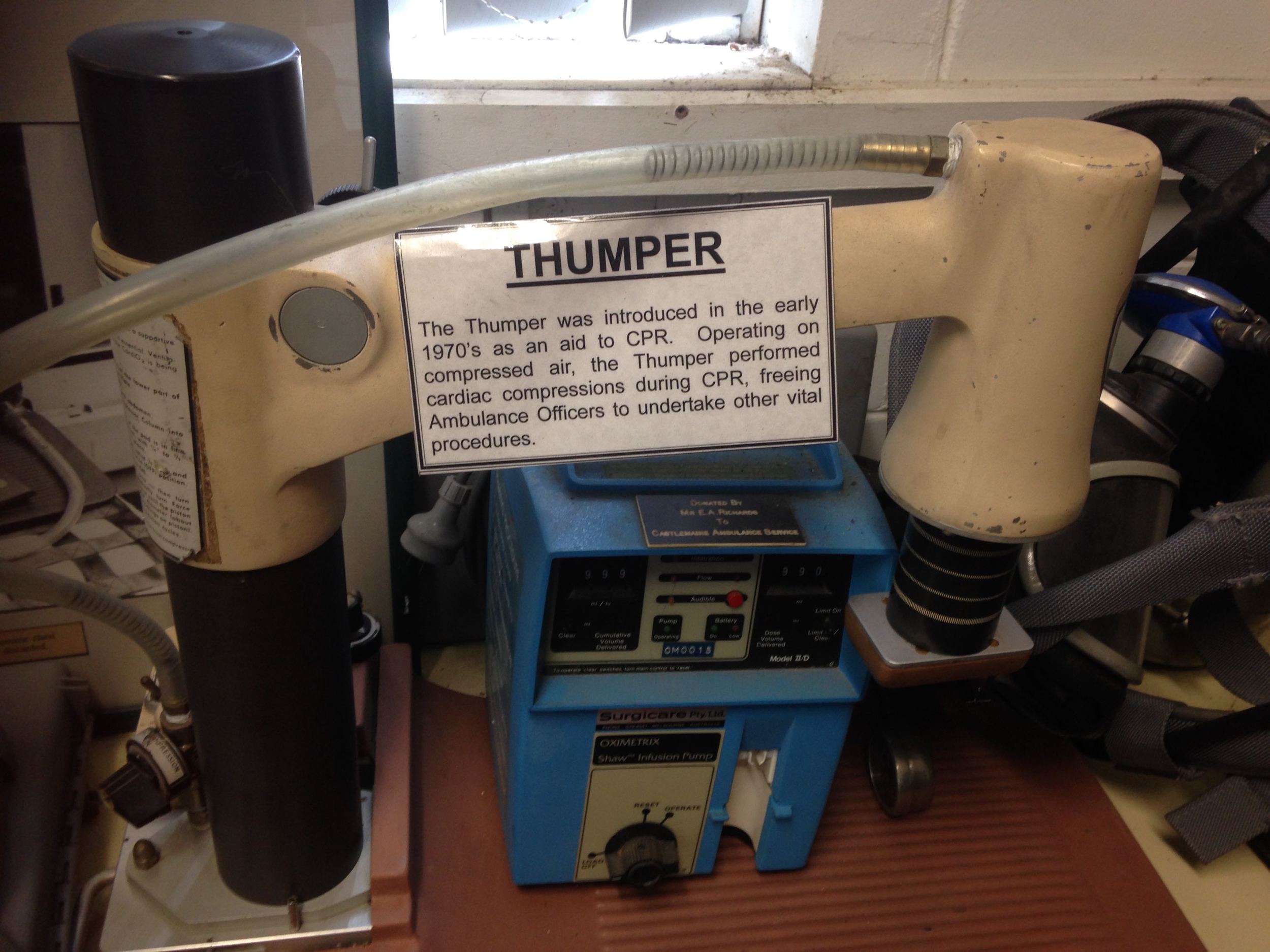

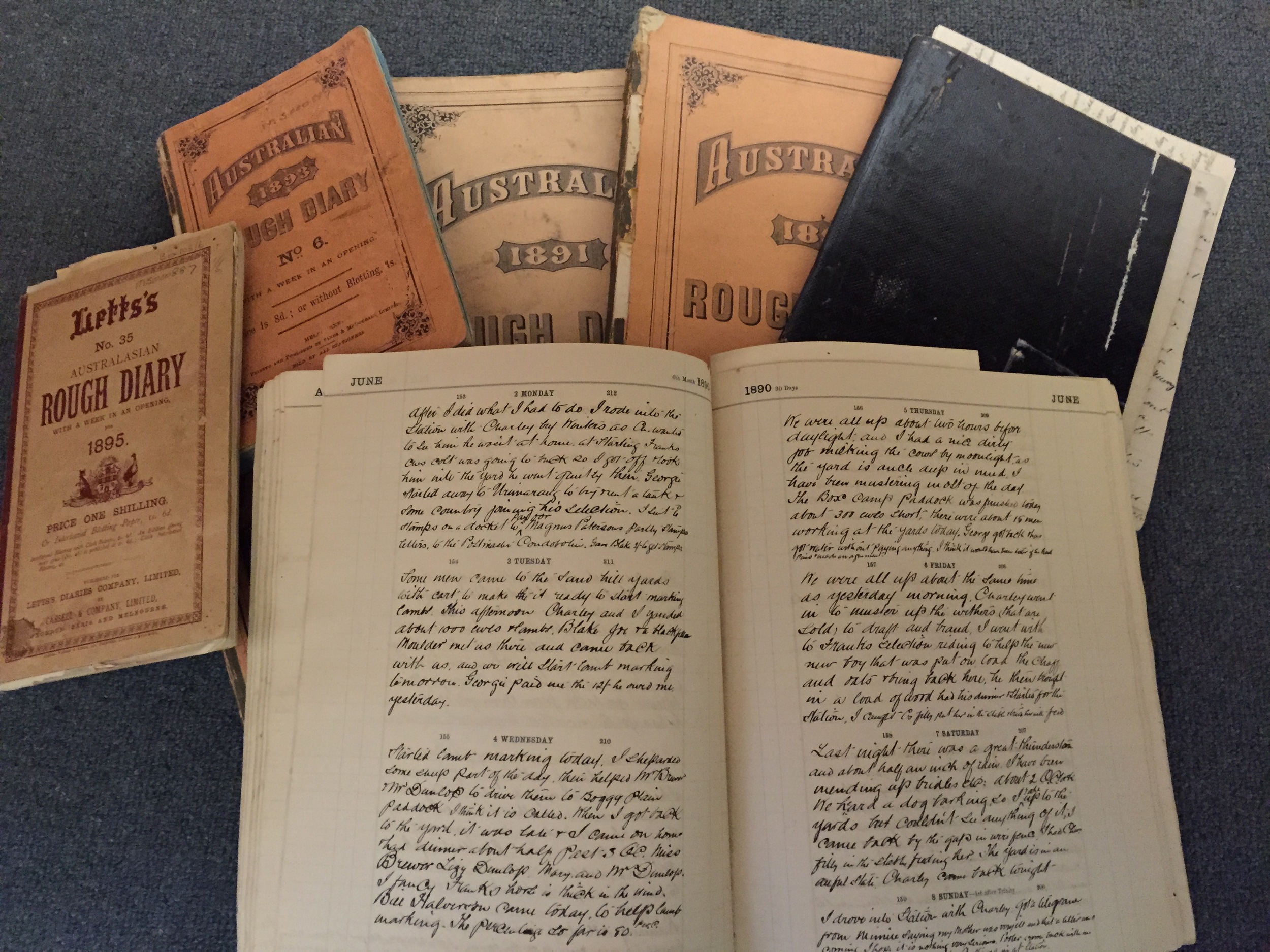
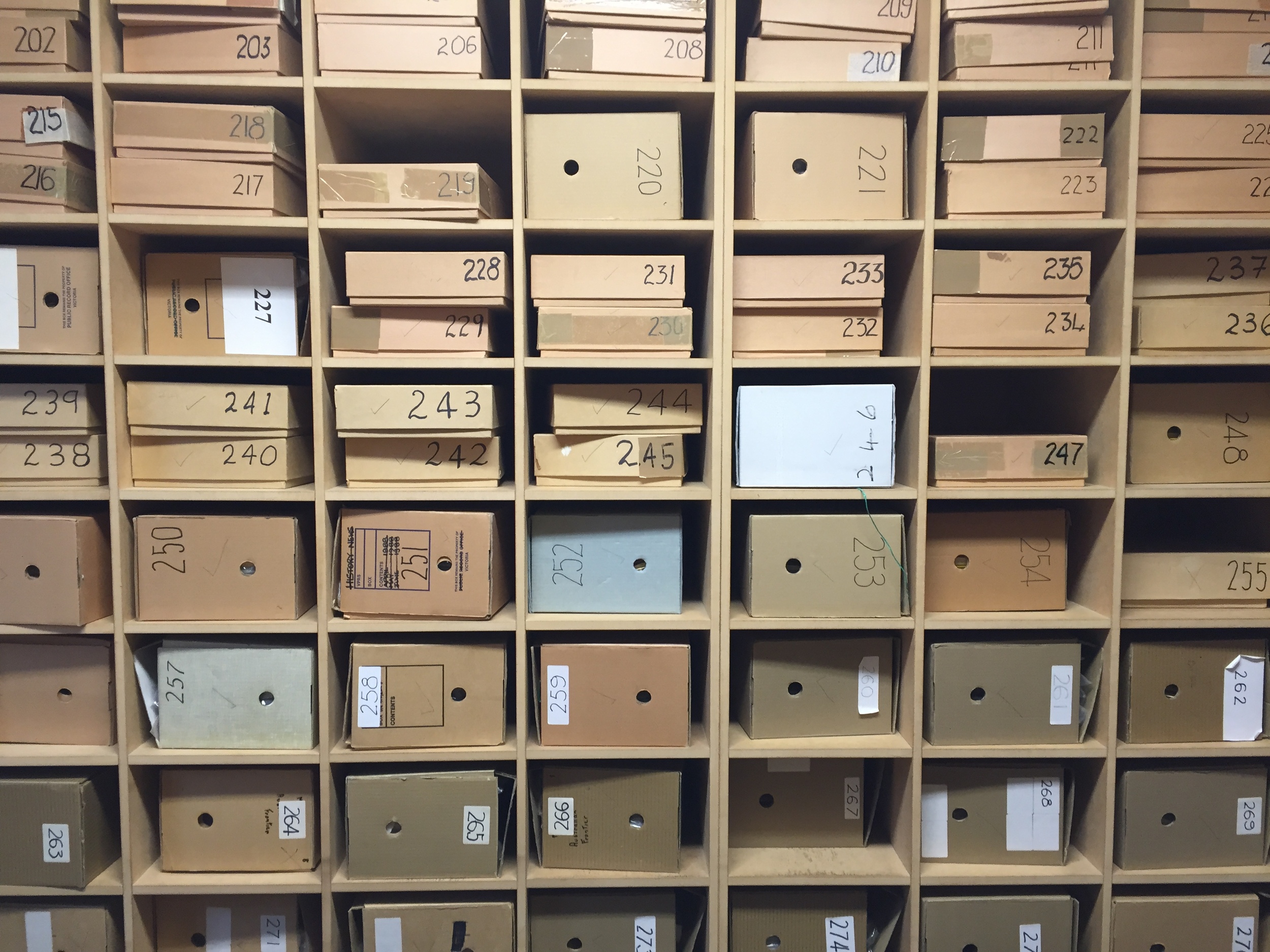
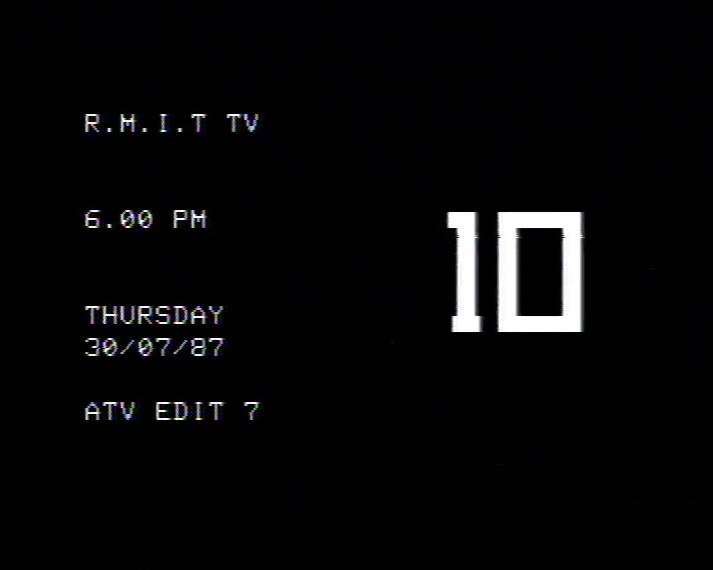
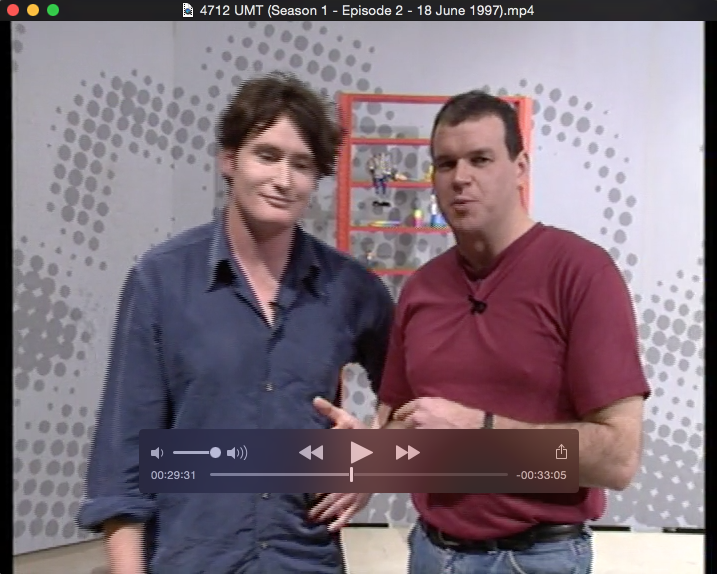
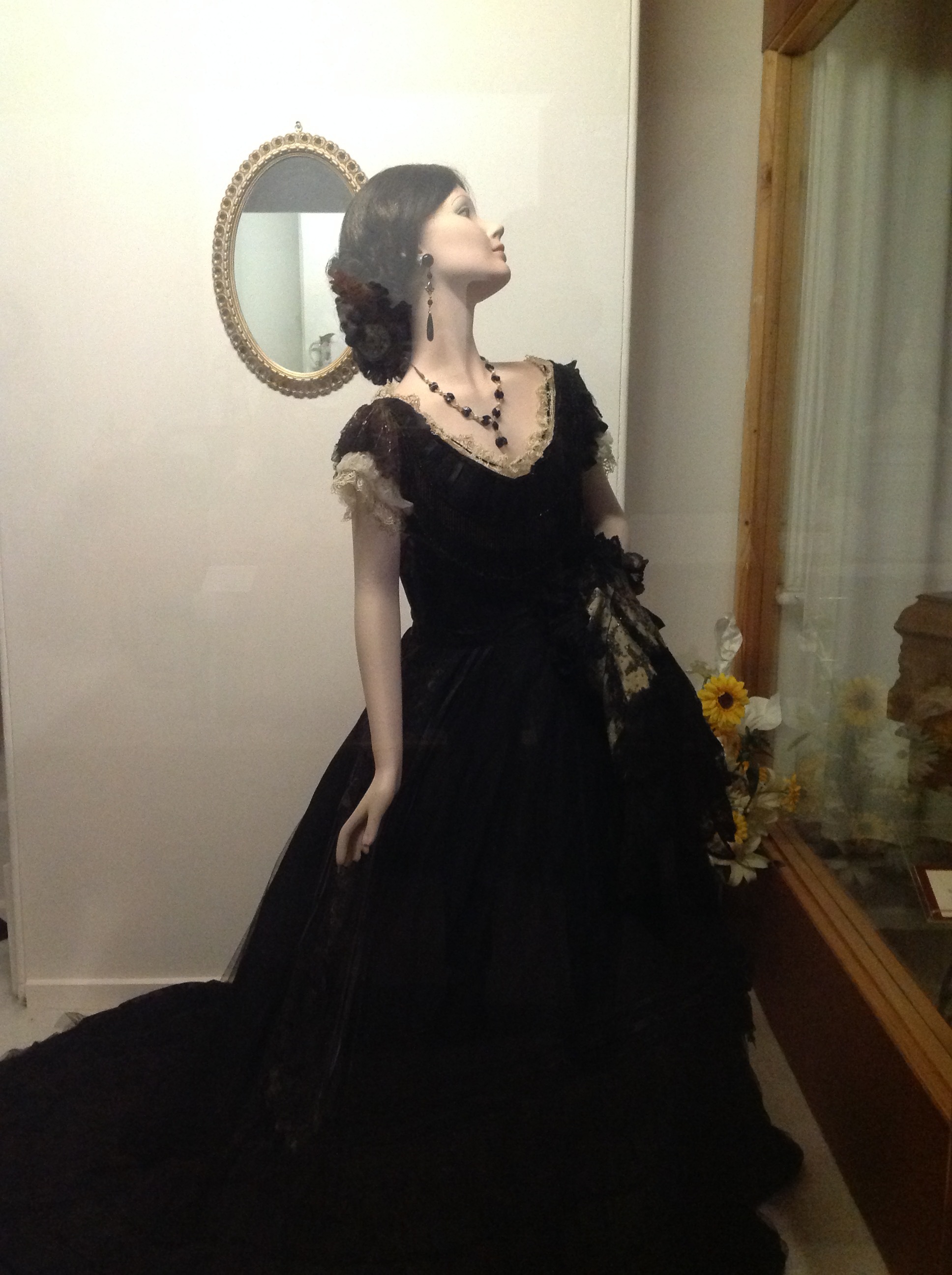
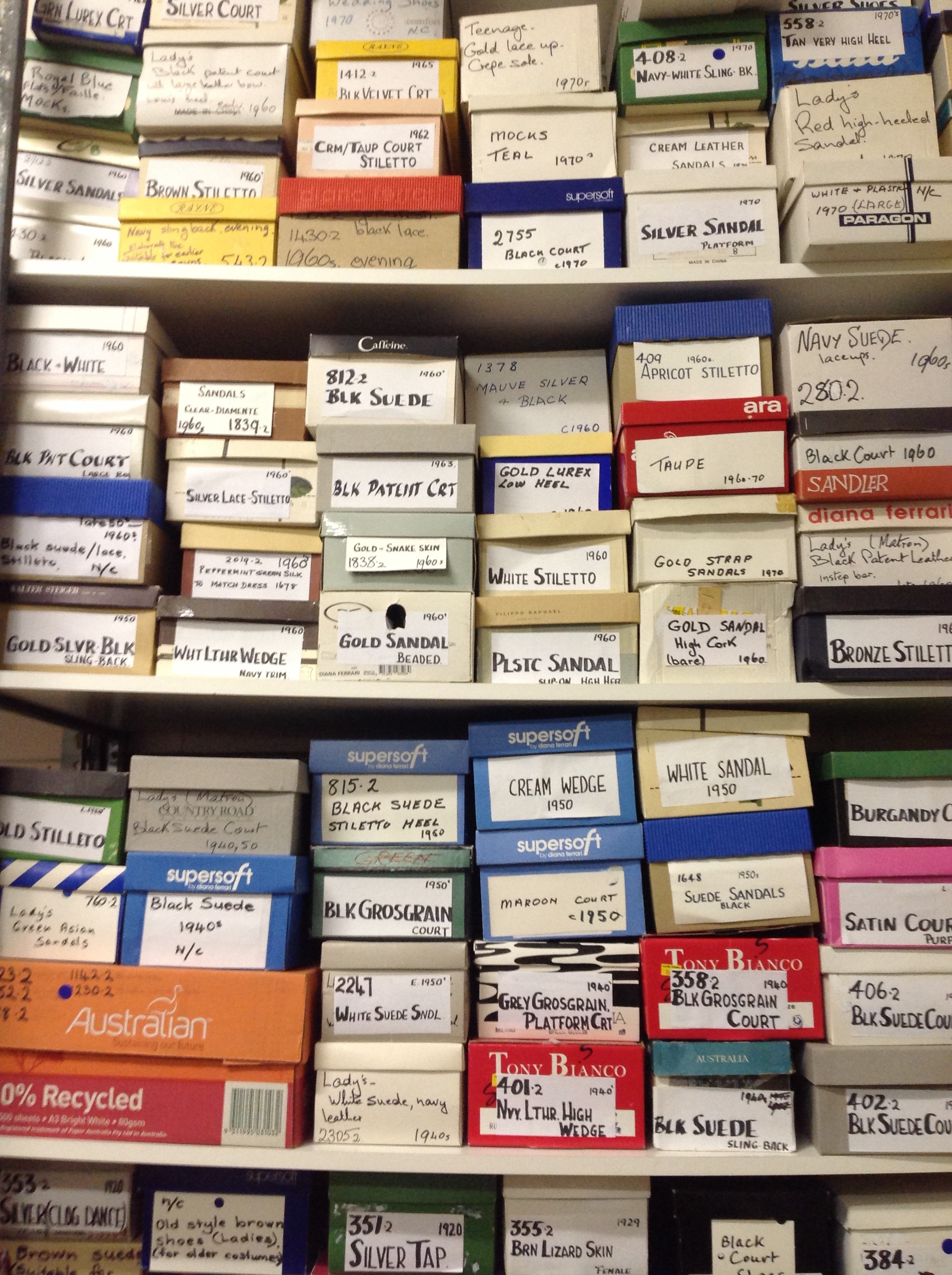
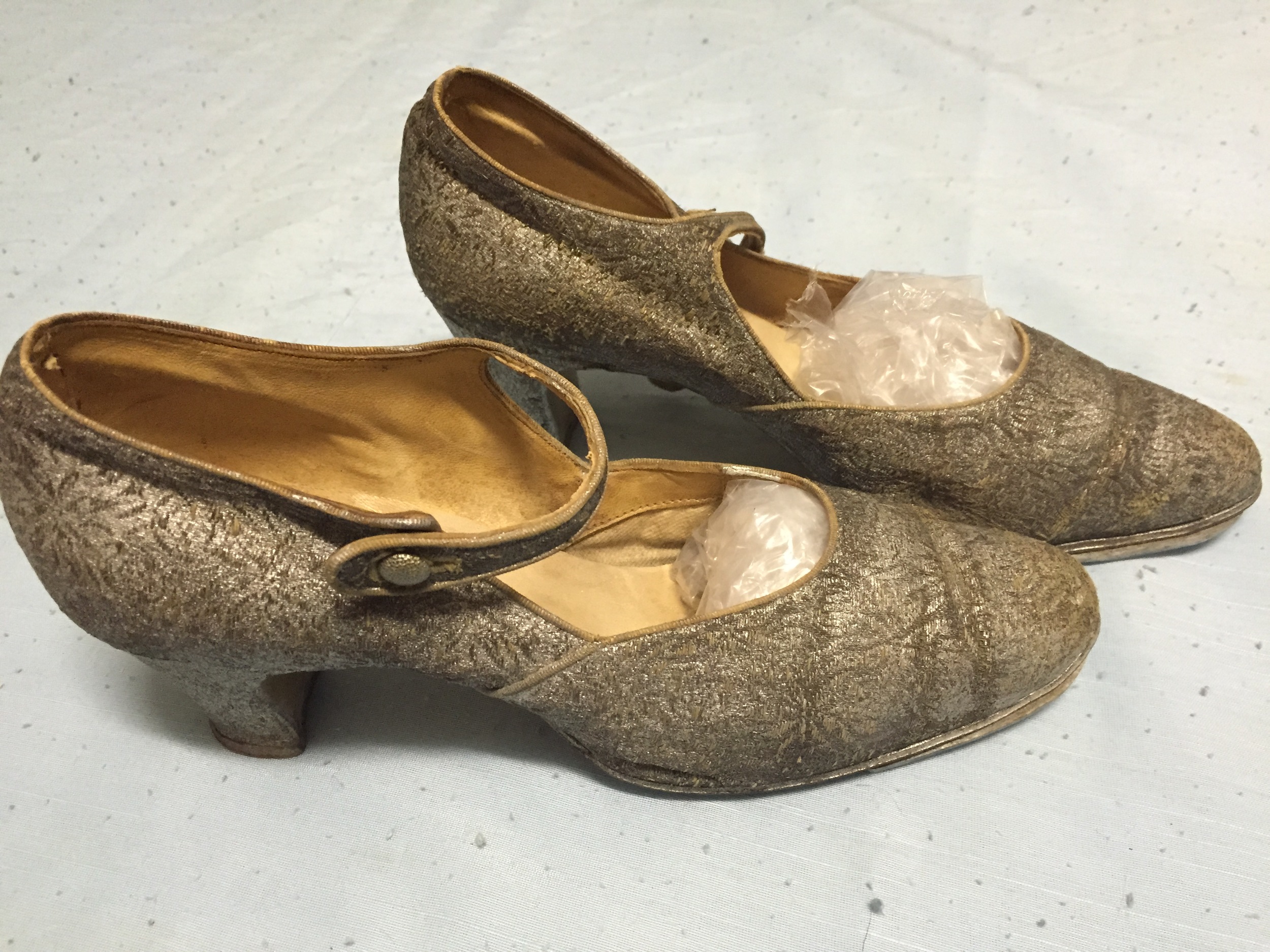
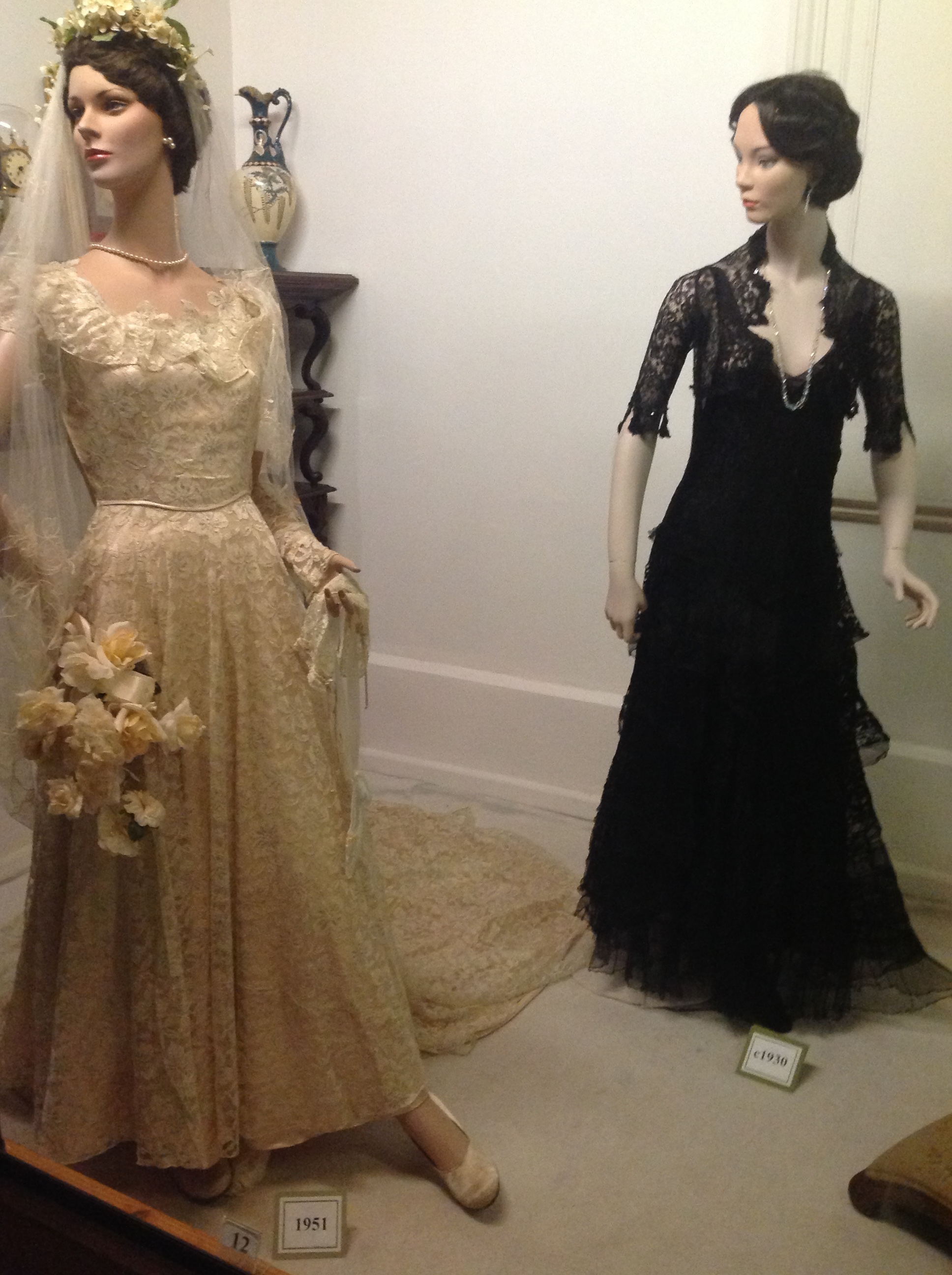



![The Bathroom. Lois [in the previous picture] remembers: "All the girls in the same age group would climb the ladder and have a bath while the other children waited their turn..."](https://images.squarespace-cdn.com/content/v1/53fbe804e4b0a36315c3b719/1445900466987-56VH9XO4KTPLN79C0JNZ/IMG_3616.jpg)

